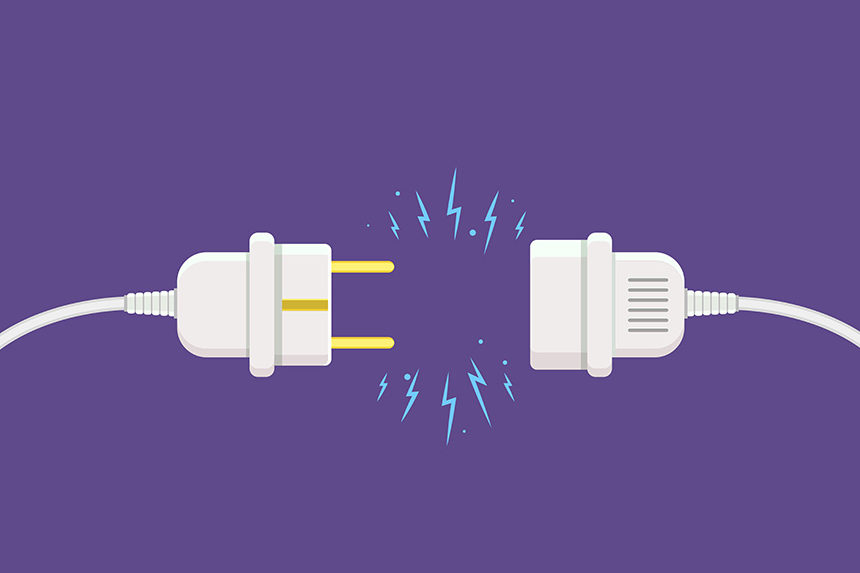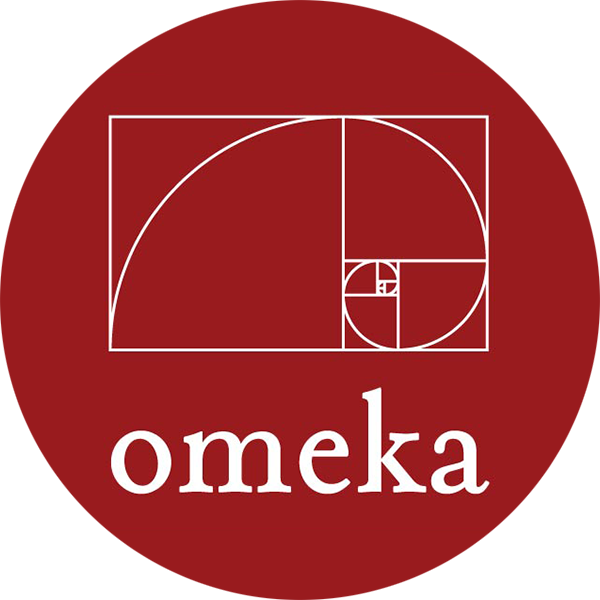In a post-COVID world, the classroom is replete with digital technology. While many public schools had already migrated to LMS platforms, such as Google classroom, the pandemic forced the digitizing of nearly every classroom setting and assignment. In some ways, I am grateful — Google platforms allowed my students to continue learning and building relationships during isolating, uncertain times. In other ways, I am fatigued with the constant barrage of screens — and so are my students. How, then, with the pandemic behind us, can we balance our use of technology?
Technology, as previously stated in my post (Re)Defining Technology, need not necessarily be defined as a device with a screen. Technology is any tool that aids in learning. Just as a computer functions as technology today, so did a typewriter before that, or a pen and papyrus long before that.
With this broader definition of technology in mind, my class will still largely use Chrome books, my Promethean board, and Google suite tools. They are efficient, interactive, and accessible for students in and outside of my classroom. However, we will read physical copies of novels, journal our reflections on paper, and sometimes annotate with a pencil and highlighter. Just as adults do, students also need time away from a screen for the sake of their eyes, posture, etc. They need kinesthetic learning. They need the social-emotional growth that accompanies face-to-face interactions. As their instructor, it is my goal to help them in embracing the increasingly advanced digital world, while also retaining the value of more archaic tools.



